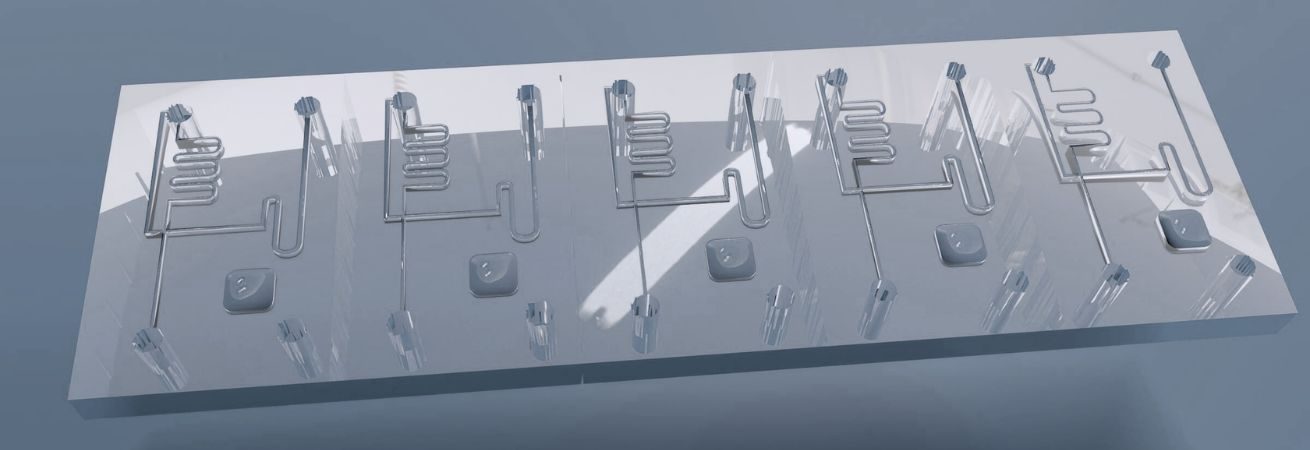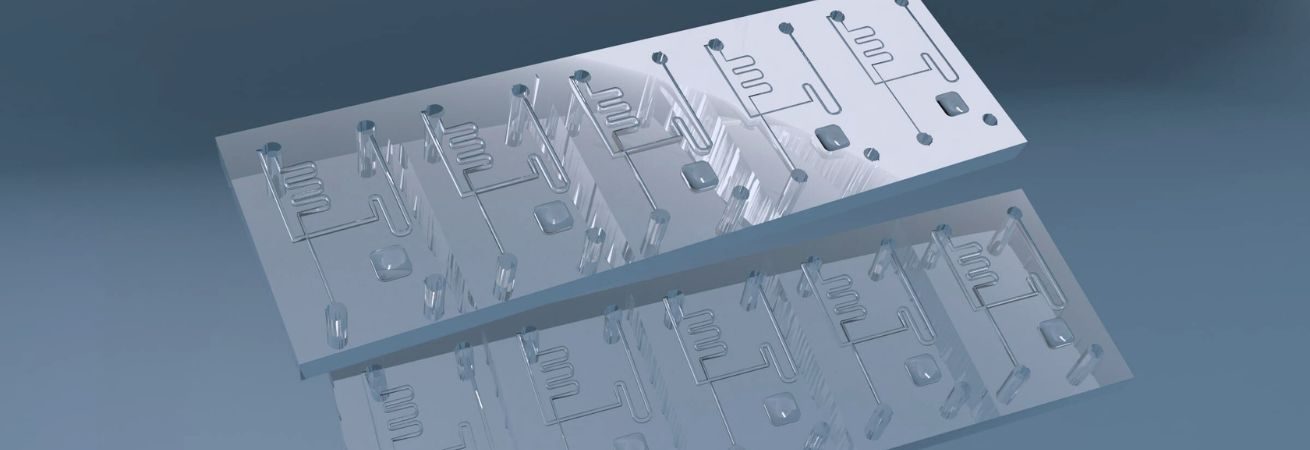
The Microfluidics Revolution: Transforming Research and Industry
Microfluidics is a multifaceted field that encompasses the study of fluid behaviour within microchannels and the technology used to manufacture miniaturised devices with chambers and tunnels for fluid manipulation. At its core, microfluidics seeks to integrate compact systems that leverage the physical and chemical properties of liquids and gases on a microscale. By working with smaller sample volumes, chemicals, and reagents, these devices enable multiple operations simultaneously, significantly reducing experimental time. Furthermore, they offer high data quality and precise parameter control, facilitating process automation while maintaining performance integrity.
The Expansive Reach of Microfluidics
The impact of microfluidics extends far beyond its roots and has permeated diverse industries, revolutionising traditional practices and fostering a new era of innovation. While the medtech and biotech sectors have been primary beneficiaries, various other industries are adopting microfluidics to enhance their products and processes. Let’s delve into some recent innovations within these industries.
Personalized Medicine and Point-of-Care Diagnostics
Microfluidics has emerged as a game-changer in the healthcare sector, especially in personalised medicine and point-of-care diagnostics. Leveraging lab-on-a-chip technology, it enables swift and accurate analysis of biological samples, facilitating early disease detection, monitoring, and tailored treatment.
Lab Automation and Efficiency
Laboratories have seen a significant transformation with the introduction of microfluidics. By automating complex procedures, scientists can simultaneously conduct multiple experiments on a single chip. This not only conserves reagents but also reduces errors and significantly boosts productivity.
Biotechnology and Bioprocessing
In the realm of bioprocessing and biomanufacturing, microfluidic techniques have paved the way for solutions in cell culture, fermentation, and protein production, streamlining processes and enhancing efficiency.
Materials Synthesis and Nanotechnology
Microfluidics is playing a pivotal role in advancing the synthesis of nanoparticles, microparticles, and complex structures in materials science. The precise control of reaction conditions results in the production of homogeneous particles with desired characteristics.
Environmental Monitoring and Sensing
Microfluidics has found applications in environmental monitoring and sensing, simplifying the detection of toxins, pathogens, and pollutants in the air and water.
Microfluidics as a Cross-Disciplinary Enabler
The evolution of microfluidics has fostered collaboration among professionals from various disciplines, including engineering, biology, chemistry, physics, and medicine. This cross-disciplinary approach has spurred innovative solutions to complex problems and has inspired groundbreaking ideas. The ongoing trends in microfluidics indicate that it is not only shaping the present but also laying the groundwork for a future characterized by precision, efficiency, and paradigm-shifting discoveries. The integration of microfluidic technology across sectors holds the promise of opening new opportunities and propelling scientific and technological progress into a golden age of innovation.

Master Fabrication of Microfluidics: Mold or Master Manufacture
Microfluidic devices have the potential to streamline a wide range of operations, offering improved efficiency, repeatability, and reproducibility. Manufacturing polymer microfluidic devices can be achieved through both direct and replication methods, with these processes categorized into low- and high-volume manufacturing techniques.
The fabrication of microstructures using machining approaches can be expensive due to the equipment’s capital costs and time-consuming nature. Cost reduction becomes possible when processes can be scaled down to micro- or nanometer levels through replication techniques.
In mechanical methods, unwanted portions of the master are removed through the application of sharp tools or abrasive particles. These tools or particles create high localized stress, resulting in plastic or brittle breakage of the master material. To withstand these forces, the tooling used in these processes must be stronger than the master materials themselves.
Elevating Microfluidic Prototyping and Support: 3D AG's Specialized Expertise
At 3D AG, we excel at prototyping microfluidic structures tailored to specific application requirements. We possess a deep understanding of the critical design parameters and are dedicated to providing comprehensive support throughout the nanofabrication and production processes to meet our customers’ needs.
